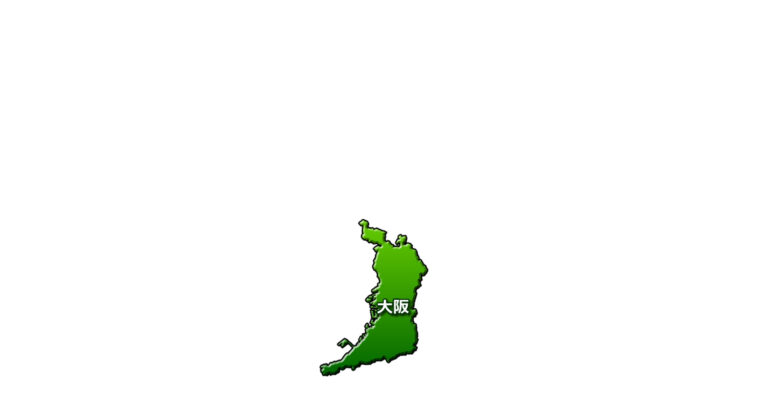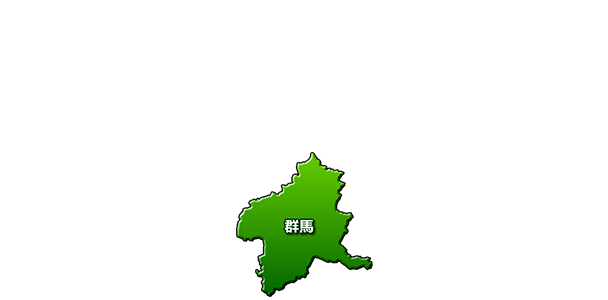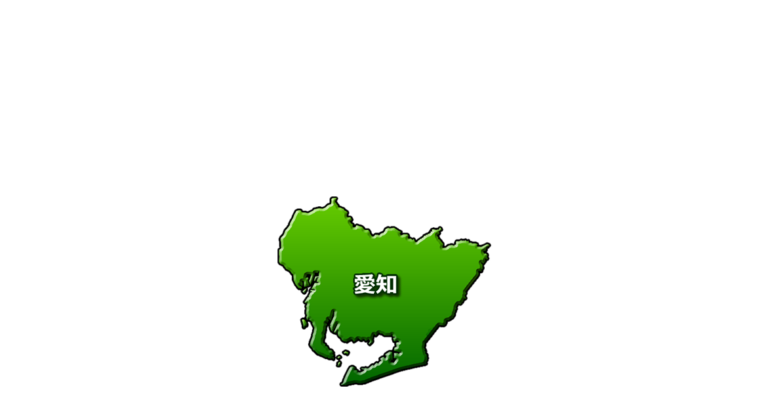Overview of groundwater and groundwater heat utilization in Kanagawa Prefecture
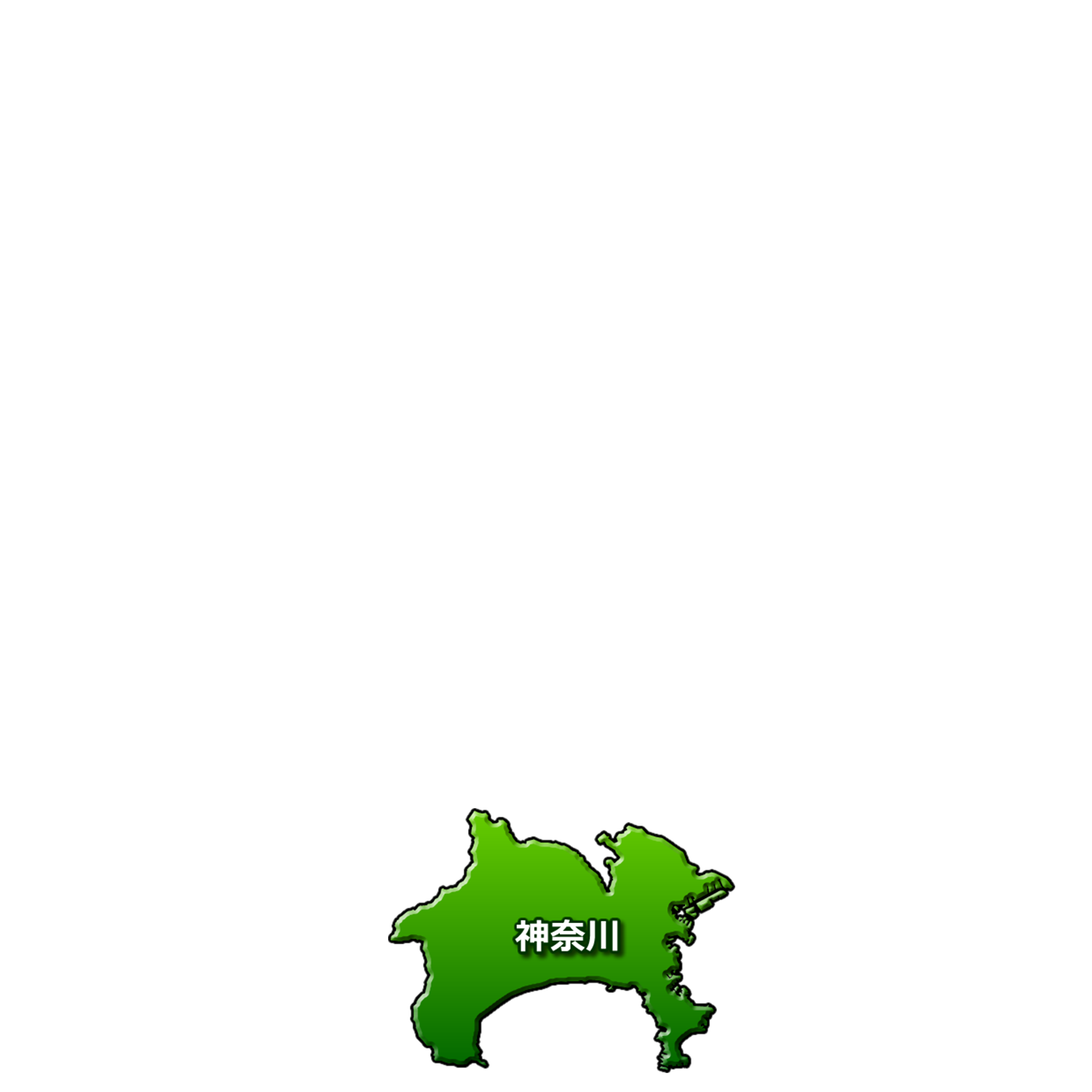
Overview of groundwater and groundwater heat utilization in Kanagawa Prefecture
When promoting the use of groundwater and groundwater heat, the most important thing is the availability of groundwater.
This page summarizes the groundwater situation in Kanagawa Prefecture and useful groundwater-related websites.
*This information is current as of March 2019. Some parts have been simplified.
In addition, information on hot spring wells under the Hot Springs Act has been excluded.
When considering this, please check the latest information on the government website.
Ordinances on groundwater use
The first information you should check is each local government's ordinance regarding groundwater pumping.
When using groundwater, you must submit a notification and comply with regulations regarding the amount of groundwater to be collected and the diameter of the well, etc., in accordance with this ordinance.
In Kanagawa Prefecture, the Kanagawa Prefecture Ordinance on the Conservation of the Living Environment (Prefectural Ordinance) regulates the extraction of groundwater in certain areas as "designated areas" and requires reporting of the amount of groundwater extracted in the surrounding areas of the designated areas.
In addition, in Yokohama and Kawasaki, it is subject to municipal ordinances and the Industrial Water Act.
In addition, some cities and towns have enacted their own ordinances and are working to conserve groundwater.
If there are municipal ordinances, they must be complied with even if they are not subject to prefectural ordinances.
Designated areas: Hiratsuka City, Chigasaki City, Ebina City, Samukawa Town, Atsugi City (part of the city)
● Surrounding areas: Kamakura City, Fujisawa City, Atsugi City (outside of designated areas)
●Municipal ordinances and industrial water law: Yokohama City, Kawasaki City
Other areas that will enact municipal ordinances: Odawara City, Hadano City, Ebina City, Zama City, Minamiashigara City, Nakai Town, Kaisei Town, Manazuru Town
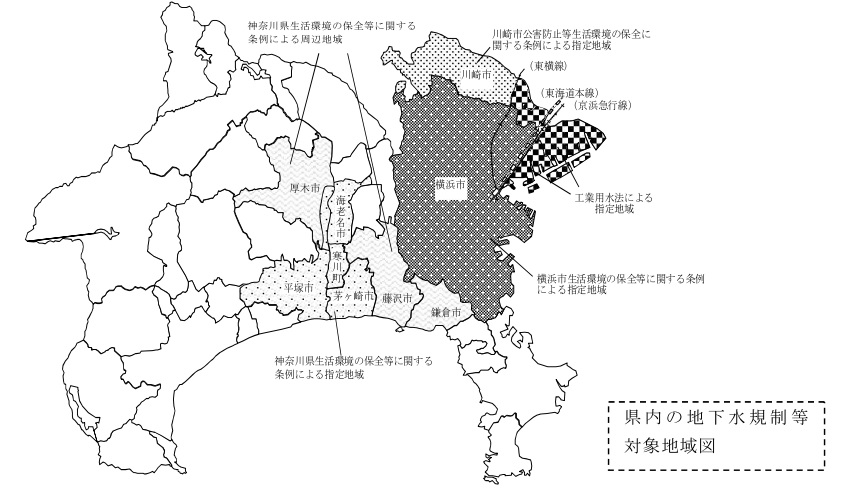
Source: Kanagawa Prefecture website (http://www.pref.kanagawa.jp/)
● Prefectural ordinance designated areas and surrounding areas: Reporting groundwater extraction volume, etc.
The target is facilities within the designated areas and their surrounding areas with a total cross-sectional area of the discharge outlet of the pump exceeding 6㎠ (effectively 32A or more).
* If there are multiple pumping facilities (wells), the total cross-sectional area of all outlets
Eligible facilities must meet certain standards and obtain permission from the governor when installing wells.
In addition, after installation, there will be an obligation to measure, record, and report.
<Well permit standards>
○ Criteria for permission
In principle, all of the following criteria must be met.
① The total cross-sectional area of the discharge outlet of the pump must be 22 cm2 or less.
② The strainer of the pump is located more than 100m below the ground surface.
③ The rated output of the pump's motor is 2.2kW or less.
(If the total head of the well is 50m or deeper, it must be 3.7kW or less.)
<Measurement, Recording, Reporting>
Designated area: Groundwater intake, pumped water level, natural water level,
Special water levels (water levels on August 10th and 16th, December 29th, and January 4th of the following year)
Free groundwater level (only those with a collection volume of 250 m3/day or more)
Surrounding area: Groundwater extraction volume
——————————————————–
●Regulations on groundwater extraction under municipal ordinances
Here we will look at the ordinances of Yokohama and Kawasaki cities.
<Yokohama City>
It is subject to regulations under the Living Environment Ordinance and the Industrial Water Law.
Living Environment Ordinance: All of Yokohama City
Industrial Water Law: Tsurumi Ward and Kanagawa Ward, areas south of the Keikyu Main Line
*For industrial wells located in areas subject to the Industrial Water Law, the Industrial Water Law takes precedence.
Criteria requiring notification and permission
・The total cross-sectional area of the pumping facility (well) is 6cm2 or less (effectively 25A or less) → Notification only
・The total cross-sectional area of the pumping machine's discharge port is greater than 6cm2 (effectively 32A or more) → Permit required
Permit criteria: All of Yokohama City (excluding wells subject to the Royal Water Supply Act)
① The total cross-sectional area of the discharge outlet of the pump must be 22 cm2 or less.
② The strainer of the pump is located more than 100m below the ground surface.
③ The rated output of the pump's motor is 2.2kW or less.
(If the total head of the well is 50m or deeper, it must be 3.7kW or less.)
Permit criteria: Areas subject to the Industrial Water Law
① The total cross-sectional area of the discharge outlet of the pump must be 46 cm2 or less.
② The strainer of the lifting machine must be located at a depth of 90m or more from the ground surface.
In addition, after installation, reporting of pumping volume, etc. will be required throughout Yokohama City.
——————————————————–
<Kawasaki City>
It is subject to regulations under the Living Environment Ordinance and the Industrial Water Law.
Living Environment Ordinance: Kawasaki City Entire Area
Industrial Water Law: Areas east of the Tokyu Toyoko Line (see map below)
*For industrial wells located in areas subject to the Industrial Water Law, the Industrial Water Law takes precedence.
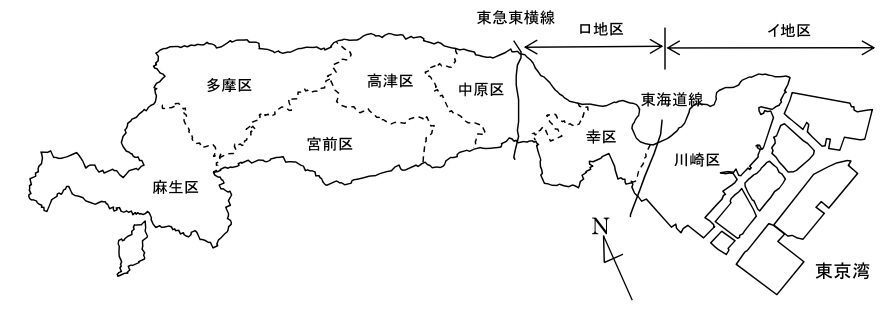
Source: Kawasaki City website (http://www.city.kawasaki.jp/)
Criteria requiring notification and permission
・The total cross-sectional area of the pumping facility (well) is 6cm2 or less (effectively 25A or less) → Notification only
・The total cross-sectional area of the pumping machine outlet is greater than 6cm2 of the pumping facility (well) (effectively 32A or more)
Or if the average monthly pumping volume exceeds 50 m3, permission is required
Permit criteria: All of Kawasaki City (excluding wells subject to the Industrial Water Law)
① The total cross-sectional area of the discharge outlet of the pump must be 21 cm2 or less.
② The strainer of the pump is located more than 300m below the ground surface.
Permit criteria: Industrial Water Law Area I
① The total cross-sectional area of the discharge outlet of the pump must be 46 cm2 or less.
② The strainer of the lifting machine must be located at a depth of 90m or more from the ground surface.
Permit criteria: Industrial Water Law District
① The total cross-sectional area of the discharge outlet of the pump must be 46 cm2 or less.
After installation, wells that have only been notified will be required to report their pumping volume, while wells that have been approved will be required to report their pumping volume and water level throughout Kawasaki City.
——————————————————–
<Other cities, towns and villages>
Please contact your local city or town.
<Link>
Kanagawa Prefecture Ordinance on Groundwater Extraction Regulations (Ministry of the Environment)
https://www.env.go.jp/water/jiban/sui/j14.html
Kanagawa Prefecture Ordinance on Preservation of Living Environment, etc.
http://www.pref.kanagawa.jp/uploaded/attachment/869932.pdf
Overview of Yokohama City Groundwater Regulations
https://www.city.yokohama.lg.jp/business/bunyabetsu/kankyo-koen-gesui/kiseishido/dojo/jiban/chikasui.files/0001_20180830.pdf
Overview of groundwater regulations in Kawasaki City
http://www.city.kawasaki.jp/300/cmsfiles/contents/0000027/27034/H28.5refkaitei.pdf
Wastewater Ordinances and Regulations
● Water quality standards for discharged water
When discharging groundwater used in a factory or business into a drain or river, the water quality standards set out in the Water Pollution Control Act and prefectural and municipal ordinances (Yokohama and Kawasaki) must be observed.
It is rare for groundwater itself to exceed the standard values, but there are cases where pollutants from soil contamination have flowed in, so it is necessary to check in advance.
When groundwater contamination is confirmed in each local government, the data is made public.
●Discharge into the sewer system and sewerage fees
When used groundwater is discharged into the sewer system, a sewerage fee is charged according to the amount discharged.
When groundwater is used as drinking water, sewerage charges are generally determined based on the water intake meter.
However, if you wish to discharge groundwater used as a heat source into a drain or river, please check with the local government in advance.
In many cases it is possible to have it not counted towards your sewer bill.
●Other
Depending on the region, associations and other groups may have their own rules.
Please be careful if this affects agricultural associations, hot spring associations, industrial complexes, etc.
<Link>
Kanagawa Prefecture Effluent Standards
http://www.pref.kanagawa.jp/docs/pf7/suisitu/haisuikizyunn.html
Groundwater Resources
Kanagawa Prefecture is located in the southwest of the Kanto Plain, bordering the capital Tokyo to the north, Tokyo Bay to the east, Sagami Bay to the south, and neighboring Yamanashi and Shizuoka prefectures to the west. The northwestern part of the prefecture is bordered by the Tanzawa and Hakone mountain ranges, and the prefecture as a whole is relatively rich in groundwater. Even today, there are many areas that use groundwater as a water source for their water supply.
However, excessive pumping during the period of high economic growth caused land subsidence, particularly in industrial coastal areas, so in addition to the strict regulations mentioned above, local governments have also carried out monitoring.
Although land subsidence is currently showing signs of slowing down, when using groundwater, it is necessary to comply with laws and regulations and to design wells that take into account the risk of subsidence.
As an area extremely rich in water resources, with proper planning, groundwater utilization can be effective.
Water quality and depth vary from region to region, and while some areas have water quality suitable for drinking, there are also unique conditions.
It needs to be checked by an expert beforehand.

